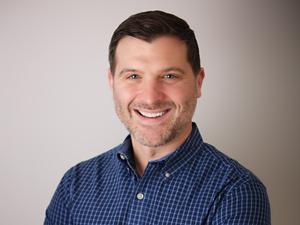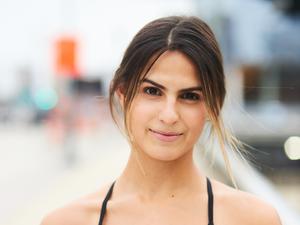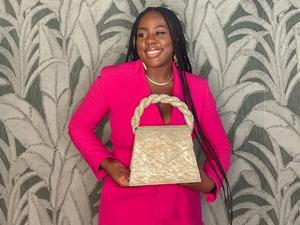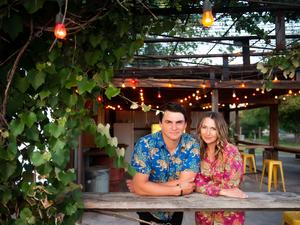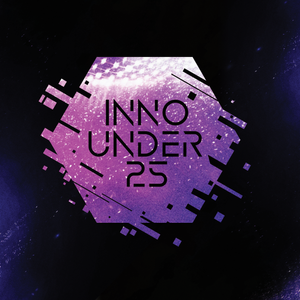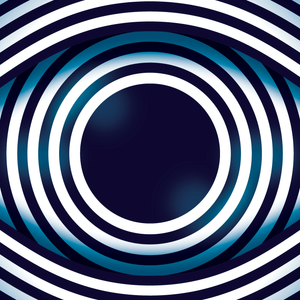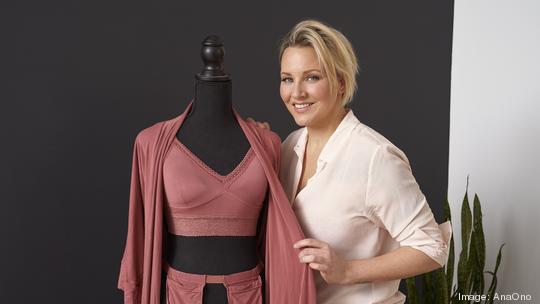
Philadelphia apparel brand AnaOno, which creates bras and other garments for those undergoing or recovering from breast cancer and related treatments, has raised $1 million in a seed round to further its reach.
With the fresh funding – the company raised over $600,000 in a pre-seed round in 2018 and was bootstrapped prior to that – the Brewerytown business is looking to double its year-over-year sales and quadruple revenue. The seed round was led by New York venture capital firm Golden Seeds.
AnaOno currently has about 30,000 customers a year, a number company founder Dana Donofree is seeking to more than triple to 100,000.
Those goals, she said, are “very achievable. Our growth has been very close to that organically, just with the work that we're doing and the new products and categories that we're building out.”
The nearly decade-old brand has been stocked nationwide in Soma stores since 2018 and this year launched in Neiman Marcus and Nordstrom. Its garments are also available through Target.com and online brand Third Love.
While AnaOno has hit its stride – and notched nods from the likes of Vogue and Gwyneth Paltrow’s lifestyle brand Goop along the way – its origins were anything but simple.
In 2010, at the age of 27, Donofree was diagnosed with stage one invasive ductal carcinoma, a form of breast cancer, for which she subsequently underwent a bilateral mastectomy and later implant reconstruction.
“My body and my life changed forever,” Donofree said. “I was prepared to feel tired, I was prepared to kind of be a cancer patient, lose my hair, maybe lose my eyebrows and my eyelashes.”
What she wasn’t prepared for was the way it would change how she felt about something as simple as choosing her clothes, which was altered by the foundational garments no longer accessible to her.
“You just wanted to live your normal life and you didn't want cancer to take away all of these different aspects that kind of make you in a lot of ways,” Donofree said.
As she navigated the many surgeries and treatments, Donofree was continually frustrated with the lack of aesthetically pleasing apparel, particularly bras, available to women undergoing treatment.
Sitting in the dressing room of a boutique one day, Donofree was brought to tears when she was handed nothing but the bland mastectomy options available at the time. They only served as a reminder of the physical and emotional trauma she had been and would continue to go through as a breast cancer survivor.
“They looked like medical devices. That wasn't enough for me,” said Donofree, who has been in remission for 12 years. “And I was like, I hope I get to live my life as fully as I possibly can until cancer takes that away from me too. … I want to be myself, and I couldn't do that with what was available in the market.”
She didn’t think it was enough for the many other women who went through a similar journey. Breast cancer affects about one in eight women in the U.S., according to the American Cancer Society, with an expected diagnosis of over 287,000 new cases of invasive breast this year alone.
While that dressing room moment would have left most discouraged, Donofree decided to do something about it. A graduate of the Savannah College of Art and Design where she studied fashion design, Donofree worked for brands including high fashion New York designer KaufmanFranco, and later for a shorter time at Anthropologie. Throughout her career, she traveled the globe working on designs seen on magazine covers and red carpets alike, including pieces worn by 2000s icons Christina Aguilera and Avril Lavigne.
Donofree was further encouraged when she met other breast cancer survivors closer to her age who expressed their dissatisfaction with recovery and post-operative bras.
“I started to get this crazy idea that I was going to redesign bras for women with breast cancer,” Donofree said.
In 2013, she formally launched AnaOno and in 2014 entered the market. Today AnaOno garments are sold in about 10 countries.

When Donofree launched, the business was focused on e-commerce sales, but has evolved in the nearly decade since. Today about 65% of business is through online sales with the remaining 35% coming from wholesale. Donofree doesn’t foresee dramatically shifting that.
“Accessibility is my main goal,” she said, and for many consumers, online is the most accessible option.
Online sales got a huge boost during the Covid-19 pandemic with more people turning to online shopping – particularly the older demographic that was previously harder to reach there.
Customer acquisition is just one of her goals with the new funding, which also includes strengthening and expanding operations. She is also looking to grow her staff of seven to 10.
Another goal is product innovation, specifically in the post-operative space. That includes compression garments, swimwear and athleisure apparel.
Donofree is also looking for ways to be more inclusive and directly speak to those undergoing non-breast cancer-related chest surgeries, whether for aesthetics or for gender affirmation.
“I strive to have everybody feel comfortable and safe when they come and experience AnaOno…,” Donofree said. “Because if we can actually strip out that pain and suffering from the healing journey … you actually get to feel like yourself and that can go far away when you're trying to recover….”
What makes the need for recovery bras different than traditional ones?
What happens is a lot of reconstructive surgeries are limiting as far as comfort and fit goes because you can't wear an underwire bra typically. And if you do wear an underwire bra, oftentimes they cause additional and unnecessary pain. … There's a lot of these tangible tactical issues that happen when you're wearing underwire bras.
How do AnaOno’s address those issues?
They're all underwire free. They're made with really super soft materials because there's a lot of skin sensitivity from nerve damage to scar healing to radiation burns, things that we go through as a part of our healing process. … Each design serves a different purpose and for a different reason.
Do you design everything yourself?
Yes, I still design everything myself. I really apply my own experience through whatever that healing and recovery process has been to the designs that I adapt, even as surgeries are changing today.

